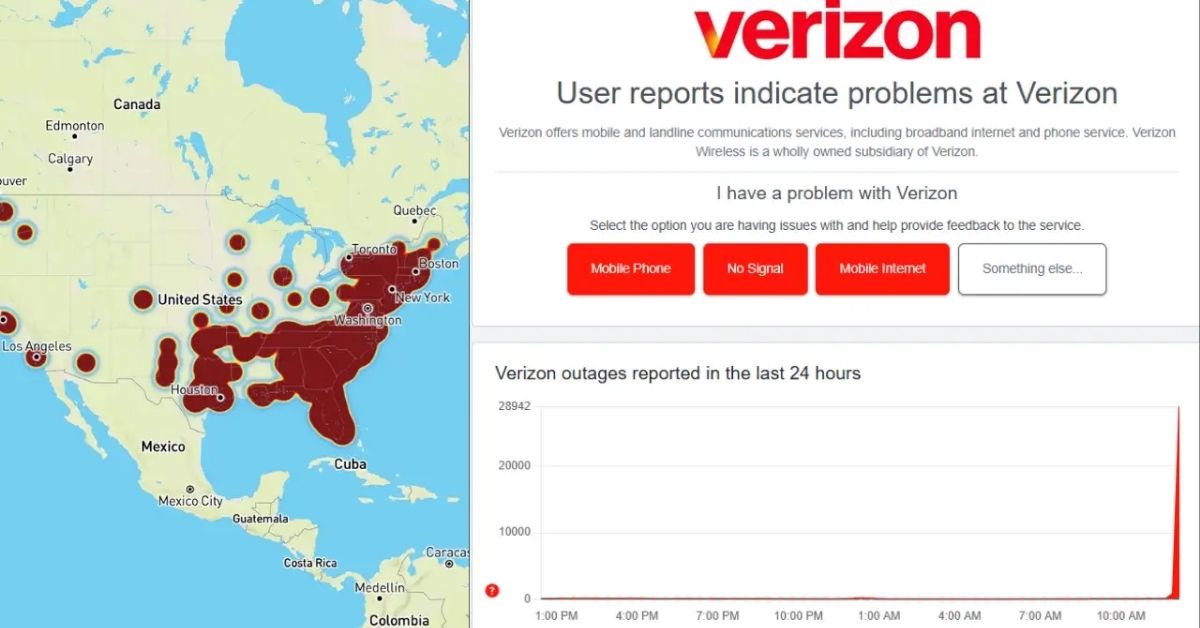Learn about priapism, a severe condition causing prolonged and painful erections. Find its types, causes, symptoms, and the importance of immediate treatment.
Table of Contents
Priapism
Priapism is a medical condition involving prolonged, painful erections that can lead to permanent damage if not treated promptly.
Learn more about its types, causes, and urgent care needs.
Priapism: Understanding the Condition and Its Urgent Need for Treatment
In the realm of medical emergencies, priapism is a condition that often goes unnoticed despite its severity.
Defined by a prolonged and often painful erection lasting four hours or more, priapism is not related to sexual activity or arousal.
It requires immediate medical intervention to prevent long-term damage.
Left untreated, it can lead to permanent erectile dysfunction (ED) and tissue damage, making swift action essential.
While often misunderstood, priapism can arise due to various underlying causes, including blood disorders, medications, and trauma.
Understanding the different types of priapism, its symptoms, and the need for immediate treatment is critical for those affected.
Types of Priapism
Priapism comes in three distinct forms, each varying in cause and risk:
- Ischemic Priapism (Low-Flow Priapism): The most common and dangerous type, ischemic priapism, occurs when blood becomes trapped in the penis and cannot exit, leading to severe pain and potential long-term damage. Without treatment, the lack of oxygenated blood can cause tissue death, scarring, and permanent ED.
- Recurrent Priapism (Stuttering Priapism): This form involves repeated episodes of ischemic priapism that are often shorter in duration but still pose a risk of tissue damage over time. Commonly associated with sickle cell disease, recurrent priapism can last less than four hours but may become more frequent without proper management.
- Non-Ischemic Priapism (High-Flow Priapism): Caused by trauma or injury, non-ischemic priapism results from an unregulated flow of blood into the penis. While less painful and less likely to cause permanent damage, it still requires medical evaluation to determine the best course of action.
Symptoms and Indicators of Priapism
Recognizing the symptoms of priapism is essential for timely treatment. Key symptoms include:
- Ischemic Priapism: A prolonged erection lasting more than four hours, significant pain, and a rigid shaft while the head of the penis remains soft.
- Recurrent Priapism: Repetitive, shorter episodes of painful erections that may resolve on their own but could become more frequent over time.
- Non-Ischemic Priapism: A prolonged erection without significant pain, often caused by trauma, with a partially firm penis that does not fully harden.
If any of these symptoms occur, especially in the case of ischemic priapism, it is crucial to seek emergency medical care immediately.
Delaying treatment can increase the risk of long-term complications, including permanent erectile dysfunction.
Causes of Priapism
Priapism is caused by disruptions in blood flow to and from the penis. Several underlying factors can trigger this condition:
- Blood Disorders: Conditions like sickle cell disease, leukemia, and multiple myeloma are commonly linked to priapism due to the thickening of the blood, which obstructs average circulation.
- Medications: Certain medications, including antidepressants, antipsychotics, and some erectile dysfunction (ED) drugs, may lead to priapism as a side effect.
- Trauma and Injuries: Direct injuries to the genitals or perineum, such as from sports or accidents, can cause non-ischemic priapism.
- Substance Use: The use of recreational drugs like cocaine, marijuana, and alcohol has been associated with increased risk for priapism.
While these factors are known to contribute to the condition, in some cases, the exact cause of priapism remains unknown.
Treatment Options for Priapism
Timely treatment of priapism is crucial to prevent long-term damage.
The type of treatment depends on the type and duration of priapism:
- Ischemic Priapism: Immediate intervention is essential for ischemic priapism. Treatments include:
- Medication: Drugs like phenylephrine may be injected to reduce blood flow and resolve the erection.
- Aspiration and Irrigation: A healthcare provider may drain excess blood from the penis and flush it with saline to relieve pressure.
- Surgery: In severe cases, surgical shunts may redirect blood flow and prevent further complications.
- Non-Ischemic Priapism: For less severe non-ischemic cases, at-home treatments such as applying ice may suffice. However, medical evaluation is still recommended to ensure proper diagnosis. In more persistent cases, arterial embolization may block abnormal blood flow.
In all cases of priapism, early diagnosis and treatment are vital to preserving normal erectile function and preventing long-term damage.
Prevention and Risk Management
For individuals at risk of recurrent priapism, managing underlying health conditions is critical.
Preventive measures include:
- Properly managing blood disorders such as sickle cell disease.
- Avoiding medications or recreational drugs that may trigger priapism.
- Using preventive medicines under medical supervision, particularly in cases of recurrent priapism.
Maintaining a healthy lifestyle and consulting a healthcare provider at the first sign of priapism can help reduce the likelihood of recurrence and minimize long-term risks.
Conclusion
Priapism is a severe and often painful condition that requires immediate attention.
While the causes may vary, the risk of permanent damage is high if left untreated.
Understanding the symptoms, causes, and treatment options for priapism is crucial for anyone who experiences this condition.
Timely medical intervention not only alleviates pain but also significantly reduces the likelihood of permanent erectile dysfunction.
For anyone experiencing a prolonged erection lasting more than four hours, it is essential to seek emergency medical care to ensure a full recovery and prevent long-term complications.






